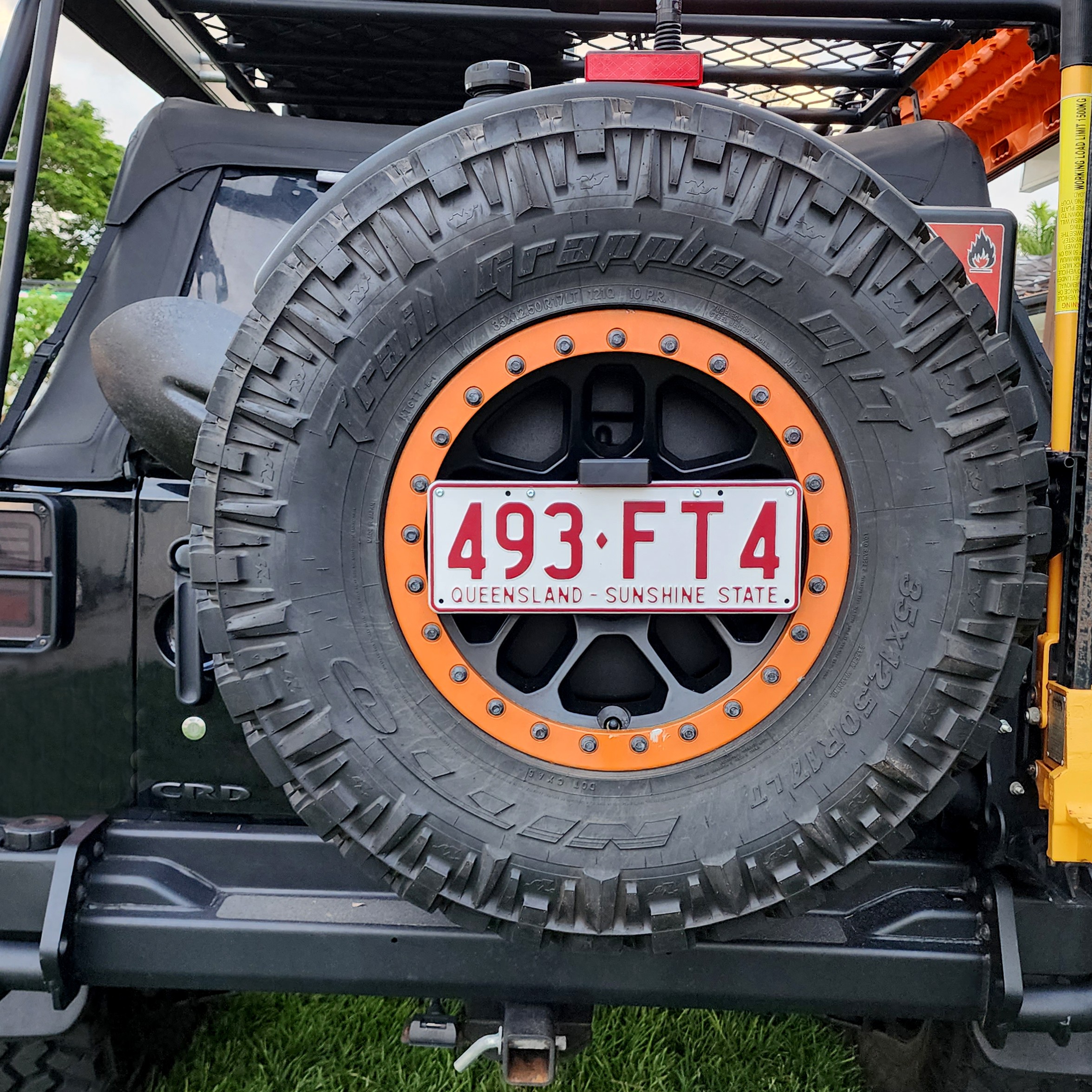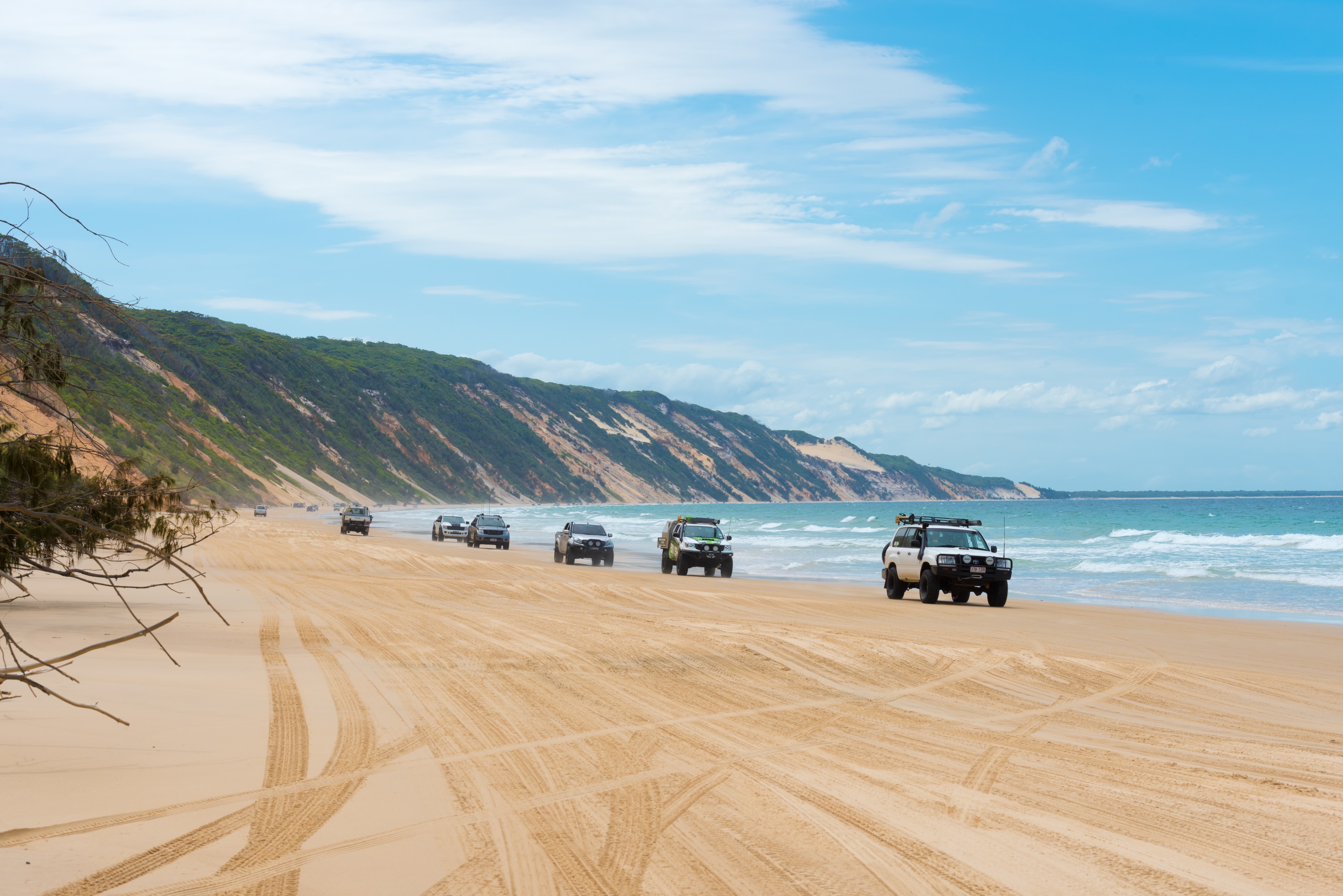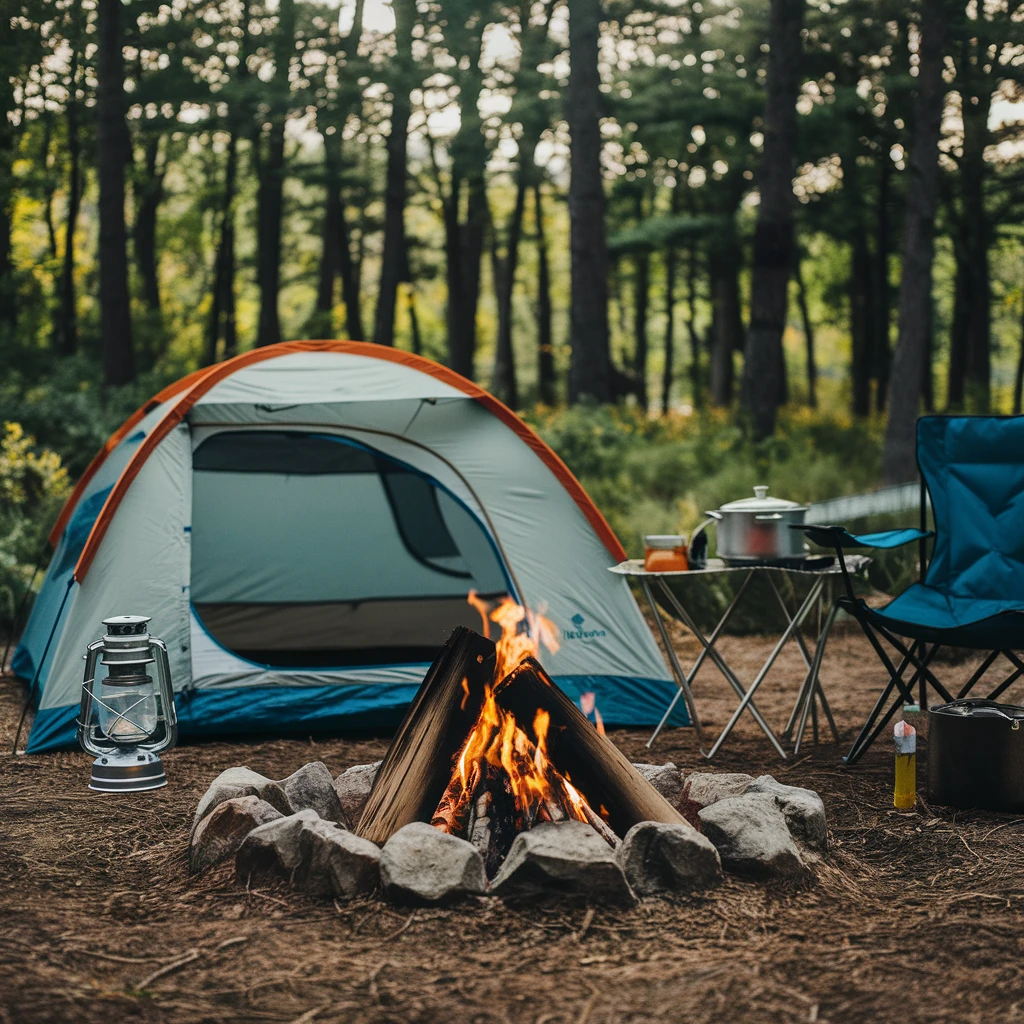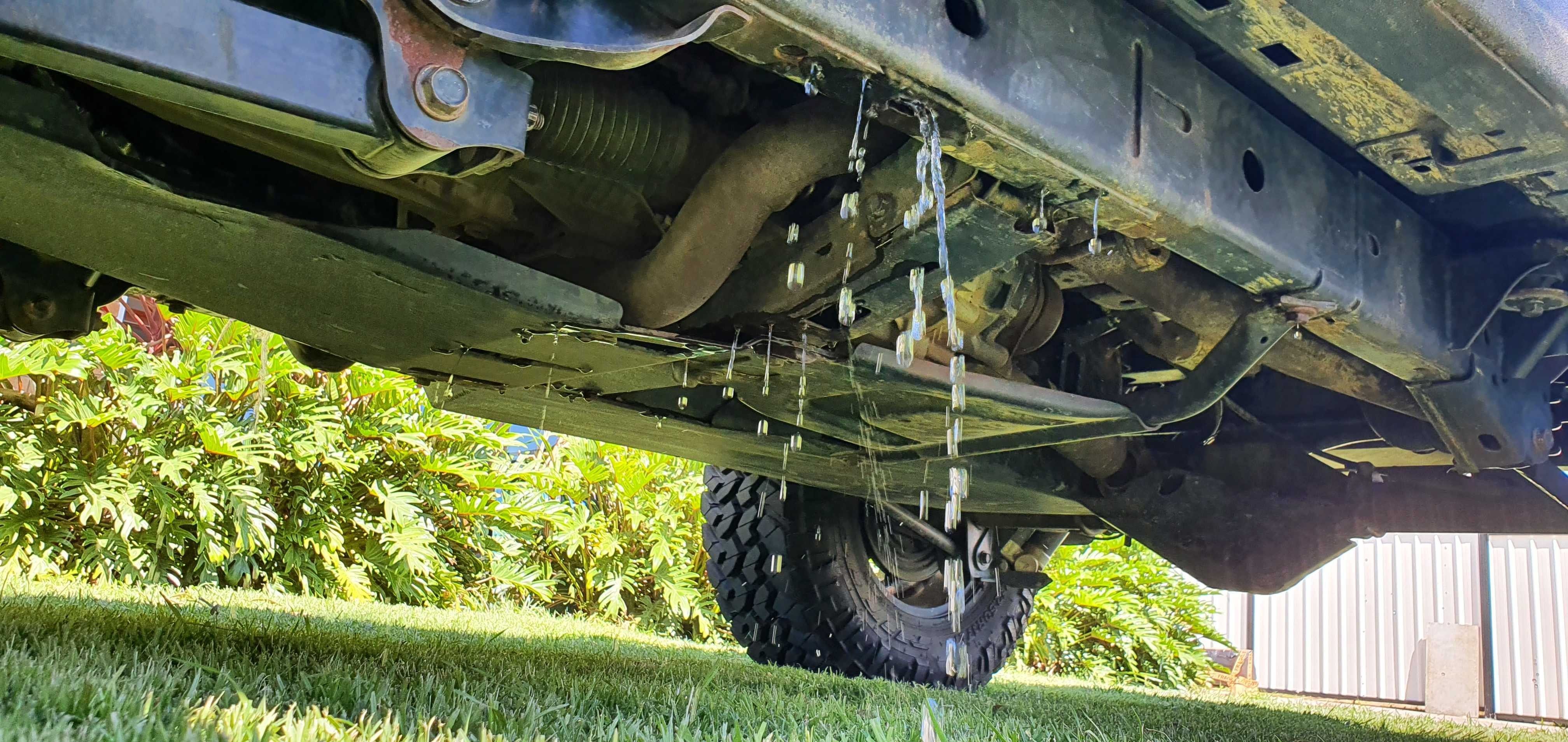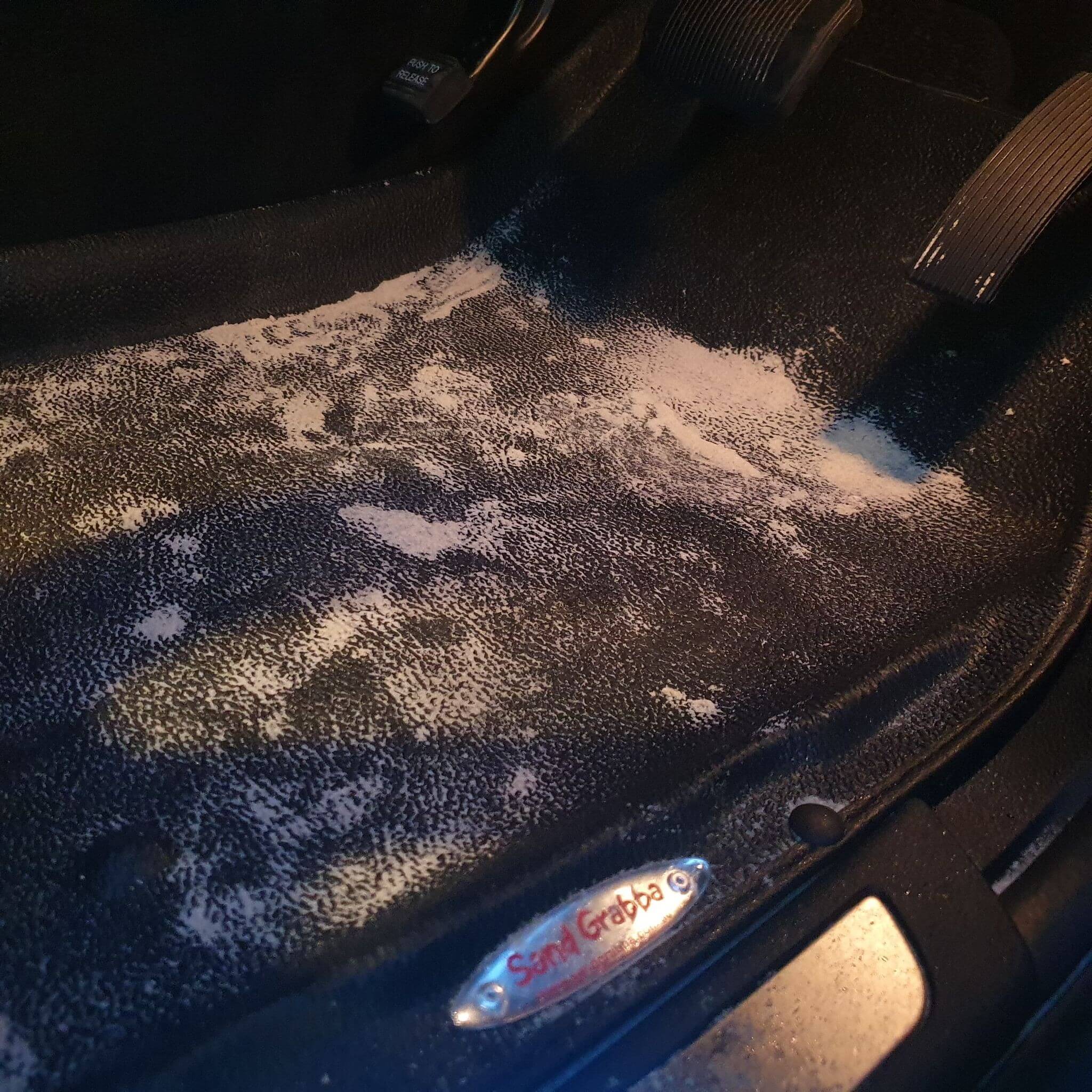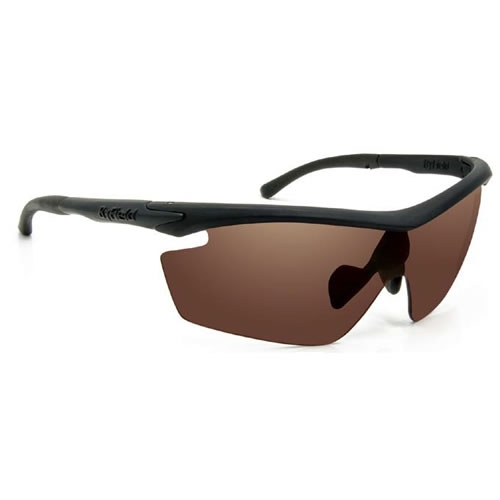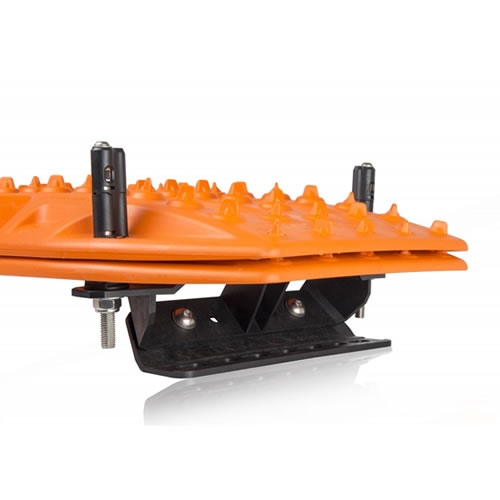Why you should keep an eye on your Brake Lines
You can’t really appreciate how good a properly functioning brake pedal feels until the day you press it and it just goes straight to the floor with no resistance. Unfortunately brake line failures aren’t as rare as we’d like them to be; off-road driving is pretty tough on vehicle systems, and your brake lines are no exception.
Brakes work through a sealed hydraulic system. The whole system is filled with fluid, and when you push the pedal more fluid is forced into it from a reservoir. That increases the pressure and operates the brake pads (or shoes, if you have drum brakes). However, the bit about the system being sealed is pretty important. If there are any leaks anywhere the fluid will take the path of least resistance – squirting out through whatever’s broken – and that’s when you find the pedal going down suspiciously easily and your vehicle sailing merrily on, straight at whatever you just braked to avoid.
Obviously a brake failure is a bit of an emergency, so drop the gears and take the speed off, pull off the road and park up in a safe place, then check the system. If the brake fluid level is low you could have a leak, so get underneath and look for dampness around the brake calipers or along the lines. If you find escaping fluid, something’s broken.
You can’t drive on with a leaking brake system, because you won’t have any brakes. If you’re carrying spare brake lines (which you should be) this is a good time to fit one. That’s not a big job. Just remove the old line – they usually have either screw or banjo fittings – and unclip them from the frame. Fit the new one, making sure there aren’t any twists or kinks in it. Then you’ll need to bleed the system.
Bleeding is vital. Brakes work because the fluid doesn’t compress, so the energy of your foot going down (usually multiplied by boosters in the system) is transmitted to the pads. But air does compress, so if any air has got into the system – and if you have a leak, it will have – the brakes still won’t work. Pushing the pedal will just compress the air, instead of transmitting energy.
Once the new pipe is fitted, open the bleed valve and let the fluid run out until it’s a steady stream with no air bubbles in it. That should clear out enough air to get your brakes working again. If you have someone with you, you can do an even better job; bleed the system, then close the bleed valve, get them to push the pedal down, then open the valve again. That will force out any remaining air. Once you’ve done that, top up the fluid and make sure the pedal is working normally.
If you don’t have a replacement line you can still jury-rig your brakes well enough to get yourself moving again. What you need to do is block the flow of fluid upstream of the leak, isolating the damaged section and the wheel it operates. You can do this with brake line clamps, which are cheap and easy to find – get a couple and add them to your spare parts kit. If you don’t have any, wrap some wire round the line and twist it tight with pliers.
Once you’ve clamped the line, wipe away any fluid and work the brake pedal a couple of times to check it feels normal. Then have a look at the clamp. If no fluid is leaking out you can drive on. Just be aware that one of your wheels now has no brakes, and braking will tend to pull you off to that side, so keep the speed down and get it repaired the first chance you get.
It’s best to avoid problems in the first place, and checking the lines and fittings before you set off is a big help. There’s no way to eliminate the risk completely, though. If you want some adventures there’s always a chance you’ll bust a brake line in the middle of nowhere. But at least, if you know how to fix it, you’ll be able to get safely back to civilisation.

